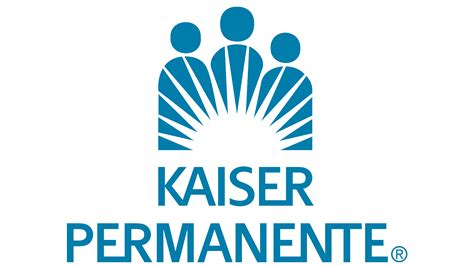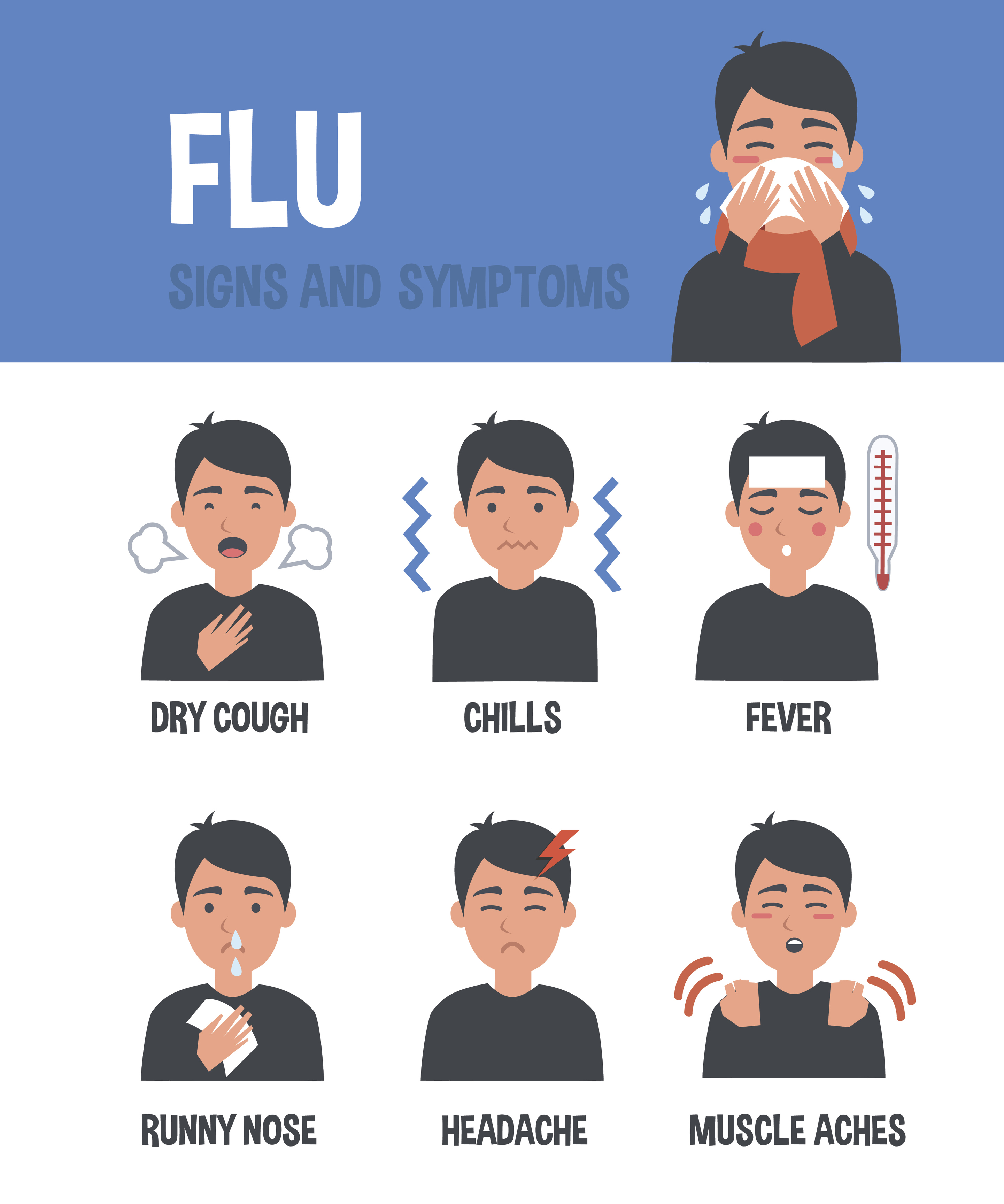The Kaiser Foundation Health Plan Inc. is a non-profit healthcare organization that operates as a key component of the Kaiser Permanente system, one of the largest and most successful health maintenance organizations (HMOs) in the United States. Founded in 1945 by Henry J. Kaiser and Dr. Sidney Garfield, Kaiser Permanente has grown to serve over 12 million members across eight states and the District of Columbia, offering a unique model of integrated healthcare that combines health insurance, medical care, and health education under one umbrella.
History and Evolution
The concept of Kaiser Permanente was born out of the Great Depression and World War II, when Henry J. Kaiser, an industrialist with significant interests in shipbuilding and construction, faced challenges in maintaining a healthy workforce. Dr. Sidney Garfield, a young physician at the time, was tasked with developing a healthcare system that could provide high-quality medical care to Kaiser’s workers and their families. This pioneering effort led to the establishment of the first Kaiser Permanente medical facility in 1942 in Vancouver, Washington, initially serving workers in the shipyards.
Over the decades, Kaiser Permanente has expanded its operations, embracing innovations in healthcare delivery, technology, and patient-centered care. The organization has been at the forefront of preventive medicine, recognizing early on that proactive healthcare can reduce the need for more costly and complex treatments later on. This approach has contributed to its growing membership and its reputation for quality care.
Integrated Care Model
At the heart of Kaiser Permanente’s success is its integrated care model, where health insurance, hospitals, and medical offices are all part of the same system. This setup allows for seamless coordination of care, from routine check-ups to complex surgeries, ensuring that patients receive comprehensive and continuous care. Members have access to a wide network of primary care physicians, specialists, and support services, all working together under the same organizational umbrella.
The integrated model also enables Kaiser Permanente to invest heavily in preventive care and health education, aiming to keep its members healthy and reduce the incidence of chronic diseases. By controlling both the financing and delivery of healthcare, Kaiser Permanente can better manage costs, allocate resources more efficiently, and prioritize preventive services and early interventions.
Technological Innovations
Kaiser Permanente has been a leader in leveraging technology to enhance patient care and experience. The organization has developed sophisticated electronic health records (EHRs) that allow for real-time sharing of patient information among healthcare providers. This enables more informed decision-making, reduces errors, and facilitates better care coordination.
Moreover, Kaiser Permanente has made significant investments in telehealth, allowing patients to consult with healthcare professionals remotely. This approach has expanded access to care, especially for those living in remote areas or with mobility issues, and has proven particularly valuable during the COVID-19 pandemic.
Community Engagement and Social Responsibility
Beyond its clinical services, Kaiser Permanente is recognized for its commitment to community health and social responsibility. The organization supports numerous community programs aimed at improving health outcomes, particularly in underserved populations. These initiatives range from health education and wellness programs to economic development projects that address the social determinants of health.
Kaiser Permanente also prioritizes environmental sustainability, recognizing the critical link between a healthy environment and public health. The organization has set ambitious goals to reduce its carbon footprint, invest in renewable energy, and promote green practices across its operations.
Challenges and Future Directions
Like many healthcare organizations, Kaiser Permanente faces numerous challenges, including rising healthcare costs, an aging population with complex healthcare needs, and the ongoing impact of the COVID-19 pandemic. To address these challenges, the organization continues to innovate, investing in new technologies, expanding its reach through strategic partnerships, and enhancing its services to meet the evolving needs of its members.
In conclusion, the Kaiser Foundation Health Plan Inc. stands as a model of innovative and integrated healthcare delivery. Its commitment to quality care, preventive medicine, and community engagement has made it one of the most respected and successful health organizations in the United States. As the healthcare landscape continues to evolve, Kaiser Permanente’s adaptive approach, technological advancements, and dedication to patient-centered care position it well to meet future challenges and continue delivering high-quality healthcare to its members.
FAQ Section
What makes Kaiser Permanente’s integrated care model unique?
+Kaiser Permanente’s integrated care model is unique because it combines health insurance, hospitals, and medical offices under one system, allowing for seamless coordination of care and a strong focus on preventive medicine.
How does Kaiser Permanente approach preventive care and health education?
+Kaiser Permanente prioritizes preventive care and health education by providing access to a wide range of preventive services, health education programs, and resources aimed at promoting healthy lifestyles and early disease detection.
What technological innovations has Kaiser Permanente implemented to enhance patient care?
+Kaiser Permanente has developed sophisticated electronic health records and has made significant investments in telehealth, allowing patients to consult with healthcare professionals remotely and expanding access to care.
How does Kaiser Permanente contribute to community health and social responsibility?
+Kaiser Permanente supports numerous community programs aimed at improving health outcomes, particularly in underserved populations, and prioritizes environmental sustainability, recognizing the critical link between a healthy environment and public health.
What are the future directions for Kaiser Permanente in terms of innovation and growth?
+Kaiser Permanente continues to innovate by investing in new technologies, expanding its reach through strategic partnerships, and enhancing its services to meet the evolving needs of its members, particularly in response to challenges like the COVID-19 pandemic.



